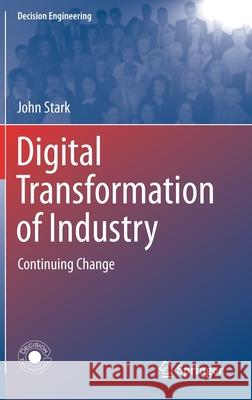Digital Transformation of Industry: Continuing Change » książka
topmenu
Digital Transformation of Industry: Continuing Change
ISBN-13: 9783030410001 / Angielski / Twarda / 2020 / 170 str.
Digital Transformation of Industry: Continuing Change
ISBN-13: 9783030410001 / Angielski / Twarda / 2020 / 170 str.
cena 307,69 zł
(netto: 293,04 VAT: 5%)
Najniższa cena z 30 dni: 306,26 zł
(netto: 293,04 VAT: 5%)
Najniższa cena z 30 dni: 306,26 zł
Termin realizacji zamówienia:
ok. 20 dni roboczych.
ok. 20 dni roboczych.
Darmowa dostawa!
Kategorie:
Kategorie BISAC:
Wydawca:
Springer
Seria wydawnicza:
Język:
Angielski
ISBN-13:
9783030410001
Rok wydania:
2020
Wydanie:
2020
Numer serii:
000275740
Ilość stron:
170
Waga:
0.43 kg
Wymiary:
23.39 x 15.6 x 1.27
Oprawa:
Twarda
Wolumenów:
01
Dodatkowe informacje:
Wydanie ilustrowane











